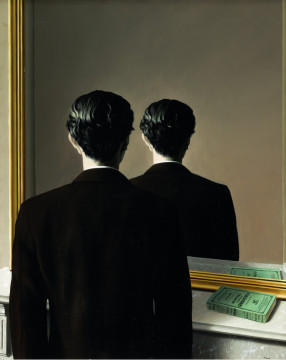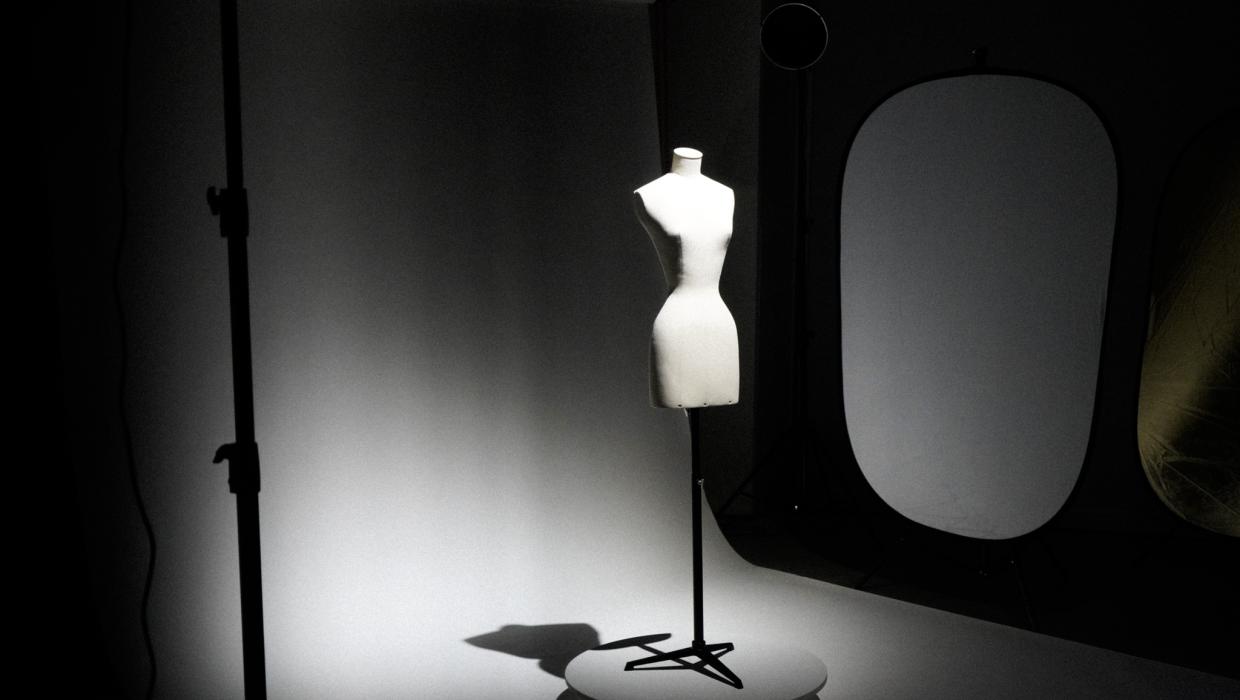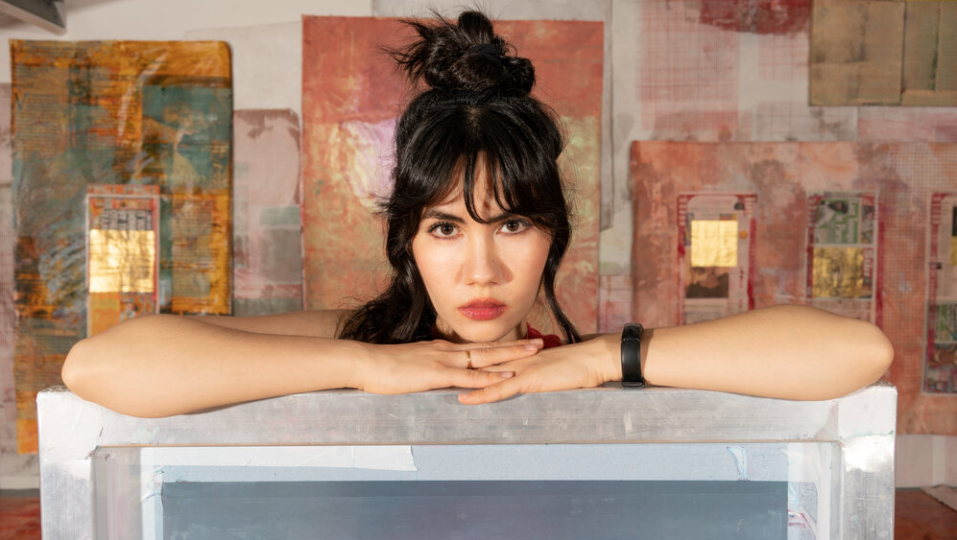The works have been selected by the public: over the past two years, visitors to Depot Boijmans Van Beuningen have been able to select their favourite works from the collection. The selection provides a wonderful survey of the museum’s history of collecting paintings and sculptures.
Beloved XL on the Depot’s third and fourth floors features fourteen large-scale works, such as Mark Rothko’s painting Grey, Orange on Maroon, No 8 and Yayoi Kusama’s installation Infinity Mirror Room – Phalli's Field (Floor Show).

Beloved
From 23 March 2024, Depot Boijmans Van Beuningen brings together the public’s favourite works from the museum’s collection in the exhibition Beloved.






Celebrating 175 Years of Boijmans
The highlights of the painting collection are usually displayed in the museum’s galleries, but now that the museum has been closed for renovation for almost five years, we are showing the seventy most popular works in the Depot as part of our 175th anniversary celebrations. Some paintings have been highlights since the museum’s inception, such as A Cornfield by Jacob van Ruisdael, which was part of Frans Boijmans’ collection. Many other masterpieces, including The Tower of Babel by Pieter Bruegel the Elder, were acquired in 1958 as part of the collection of Daniel George van Beuningen. In addition to these two men who gave their names to the museum, many other collectors have contributed to the collection, such as Marie Tak van Poortvliet, who bequeathed Wassily Kandinksy’s painting Lyrical in 1936. Thanks to the financial support of numerous donors, the museum has been able to acquire works such as Rembrandt’s Titus at His Desk and Magritte’s Not to Be Reproduced, which immediately became public favourites and have always remained so.
Highlights from the design collection are shown in the display cases in the atrium. Works on paper are among the museum’s true gems but they can only be shown in short-term displays because of their sensitivity to light. They are kept in storage, together with the collection of photographs. Visitors can request to view works from these collections. The film and video collection can be seen in special viewing booths.

Pieter Bruegel (I), The Tower of Babel, c. 1568, Collection Museum Boijmans Van Beuningen. Acquired with the collection of D.G. Van Beuningen, 1958
Visitor’s highlights
Over the past two years, visitors have chosen their own highlights from the collection. Their favourite works, including Cézanne’s Landscape near Aix and Charley Toorop’s Self-Portrait, have been included in the selection where possible. What constitutes a highlight is not fixed forever. What is most beloved in one period can fall out of favour in another. Or vice versa: a work that has languished in storage can be rediscovered. Most of the paintings in this selection have captured the public’s imagination for generations. Others have only just arrived, such as Berthe Morisot's Peonies, which was purchased in 2023. We are also showing some works that the public has barely had a chance to see: will they become the most beloved works in the future?
Glass ‘easels’ by Lina Bo Bardi
For this special exhibition in the Depot, we are showing the paintings on glass easels, a display device conceived for the São Paulo Museum of Art in 1968 by the Italian-born Brazilian architect Lina Bo Bardi (Rome 1914 – São Paulo 1992). For her, this was a means of stripping the paintings of their ‘sacred’ character by showing that they are handmade objects that also have a back.
The paintings are hung not on the wall but on free-standing glass plates Because they are transparent, you can also see the backs of the paintings, which provide information about their materials, technique and provenance. Not all highlights from the museum’s collection are displayed in this way. Some paintings are too large for the glass plates and can be seen in galleries I and II on the third and fourth floors in Beloved XL.



What stories do the backs of the paintings tell us?
The back says a lot about how a painting was made. Firstly, you can see whether it was painted on a wooden panel or on a linen canvas. If the back is also painted, the work was probably part of an altarpiece that could be viewed from both sides. The back can also tell us if the painting has been restored. A weak panel might have been reinforced with wooden slats or a painting on linen may have been relined on the back with a new canvas. Sometimes minor repairs are also visible.
The backs of most of the paintings also have inscriptions, numbers, labels or red wax seals, which are usually the marks of the painting's previous owners. Finally, there are often many stickers from other museums that tell us in which exhibitions the paintings have been shown.
Beloved XL in Gallery I and II
Because not all artworks come in handy sizes, in addition to Beloved on the fifth floor, extra-large works are displayed in Galleries I and II on the third and fourth floors in Beloved XL. This selection from the collection of modern and contemporary art features oversized works created between the 1960s and the present by artists from Rotterdam, the Netherlands and abroad. Some of these works have been popular for years because they offer visitors an overwhelming sensory experience. This is certainly the case with Infinity Mirror Room – Phalli’s Field (Floor Show) by Yayoi Kusama. Mark Rothko’s Grey, Orange on Maroon, No 8 is admired not only for its meditative fields of colour but also because it is the one of the few paintings by this artist in a Dutch public collection.

Yayoi Kusama, Infinity Mirror Room – Phalli’s Field (Floor Show), 1965 (1998), Collectie Boijmans Van Beuningen. Purchased with the support of Stichting Fonds Willem van Rede (Cultural Heritage Agency of the Netherlands), Mondriaan Fund and FriendsLottery, 2010
A World-Class Collection
Museum Boijmans Van Beuningen is an eclectic and distinctive museum that has stood in the heart of Rotterdam for the past 175 years. The museum takes its name from two important collectors, Frans Boijmans and D.G. van Beuningen, who provided the basis of the museum’s collection. With works by Hieronymus Bosch, Rembrandt, Vincent van Gogh, Salvador Dalí and Dutch design: a visit to Museum Boijmans Van Beuningen is a journey through the history of art. Dutch and foreign masterpieces provide a comprehensive survey of art from the early Middle Ages to the present day. Masterpieces by Claude Monet, Piet Mondrian, René Magritte and Leonora Carrington, among many others, show the development of Impressionism and Modernism.
Museum Boijmans Van Beuningen has a world-famous collection of works on paper, with approximately 18,000 drawings and around 69,000 prints. It features drawings by German, Dutch, French and Italian masters such as Michelangelo, Leonardo da Vinci, Pieter Paul Rubens, Albrecht Dürer and Rembrandt, and modern and contemporary artists from Edgar Degas and Paul Cézanne to Yayoi Kusama. The museum has one of the world’s largest collections of Surrealist art and an excellent collection of British and American Pop art with works by Elaine Sturtevant, David Hockney, Andy Warhol and Claes Oldenburg. Movements such as Cobra and Minimalism are also well represented in the collection. In addition, the museum is the ultimate place for decorative arts and design: from medieval ceramics and Renaissance glass to furniture by Gerrit Rietveld and contemporary Dutch design.
The museum’s art collection is brought up to date with works by internationally renowned contemporary artists such as Matthew Barney, Maurizio Cattelan, Olafur Eliasson and Pipilotti Rist.
With thanks to
With thanks to Stichting De Verre Bergen
Image in header: Lotte Stekelenburg






